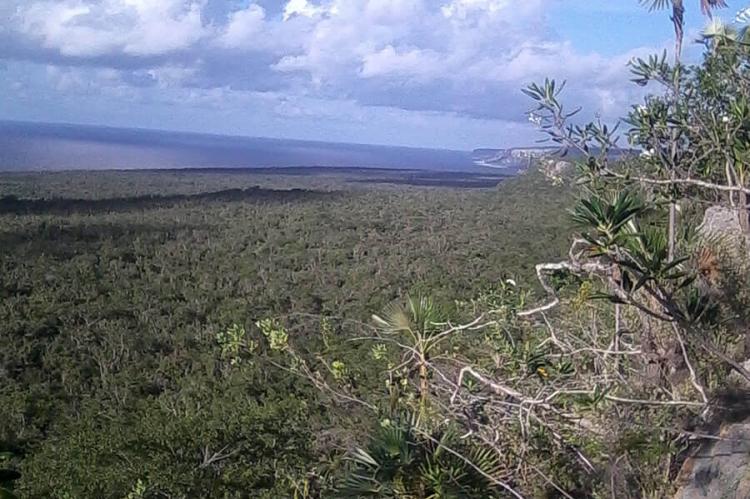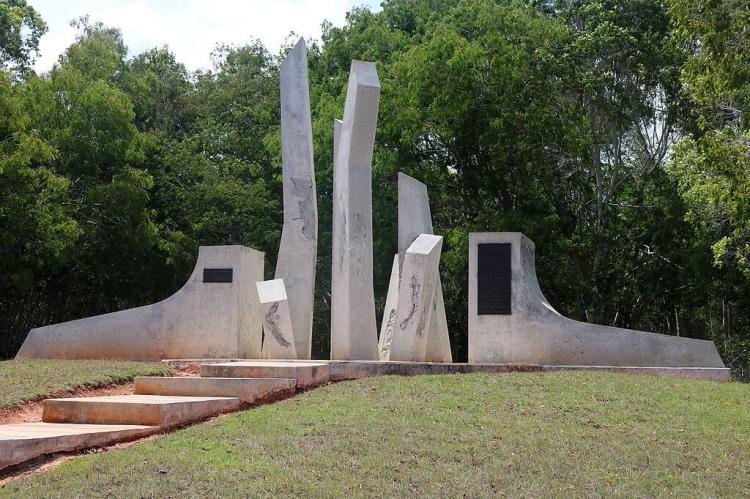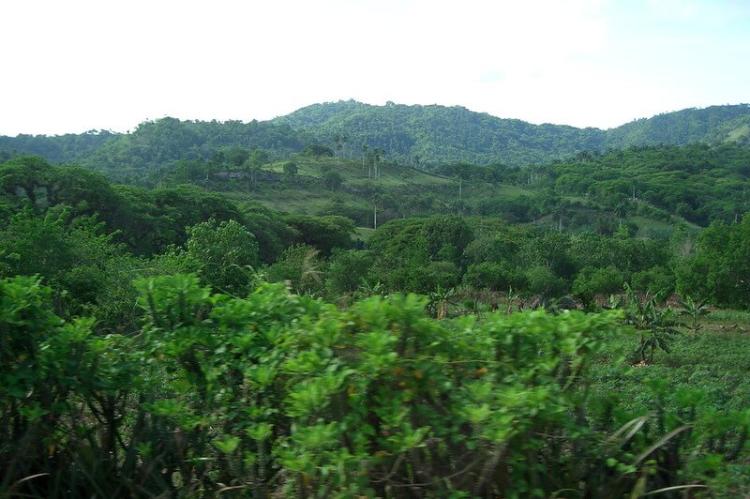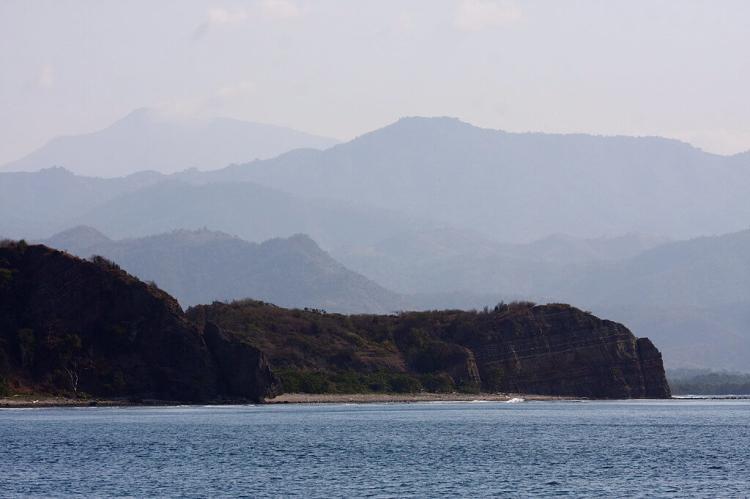Desembarco del Granma National Park (Cuba)
Desembarco del Granma National Park graces the southwestern tip of southeast Cuba. Recognized as a UNESCO World Heritage Site, this haven of little-disturbed landscapes and seascapes boasts diverse karst phenomena, including massive sinkholes, cliffs, canyons, and caves.
Desembarco del Granma National Park
Nestled on the southwestern tip of southeast Cuba, in the municipalities of Niquero and Pilon within Granma Province, lies a pristine and captivating landscape—the Desembarco del Granma National Park. This protected area offers a breathtaking combination of karst phenomena, showcasing giant sinkholes, cliffs, canyons, and caves against marine limestone terraces.
Historical Significance
The park's name, "Desembarco del Granma," translates to "Landing of the Granma," a nod to the historic yacht that carried Fidel Castro, Che Guevara, Raúl Castro, and 79 supporters from Mexico to Cuba in 1956, marking the initiation of the Cuban Revolution that overthrew the Batista government. This historic event is commemorated through monuments and exhibits within the park.
World Heritage Status
Desembarco del Granma National Park proudly holds UNESCO World Heritage status, a testament to its unparalleled geological features, biodiversity, and cultural importance. The park is a global treasure recognized for hosting the world's most extensive coastal limestone terrace system and its commitment to preserving unique flora and fauna. This prestigious designation highlights the interconnectedness of nature and culture, urging collective efforts to protect and appreciate this extraordinary corner of Cuba for generations to come.
Geology
Situated within the tectonically active zone between the Caribbean Plate and the North American Plate, the park conserves the limestone terraces of Cabo Cruz at the western end of the Sierra Maestra Mountains. These terraces, formed by tectonic uplift and sea level fluctuations driven by past climate change, are remarkable for their number and height and exceptional state of preservation.
The terraces of Cabo Cruz constitute the world's most extensive and best-preserved coastal limestone terrace system. Standing imposingly and nearly untouched, the coastal cliffs along the Western Atlantic present an awe-inspiring and visually stunning natural wonder.
Accompanied by diverse native vegetation, the cliffs create an extraordinary visual ensemble of forms, contours, colors, and textures, all set against the backdrop of a spectacular coastal setting. The park's boundaries encompass the intact limestone terraces on land and beneath the sea, forming a comprehensive and unique ecosystem.
Flora and Fauna
Beyond its geological marvels, Desembarco del Granma National Park is also home to a rich array of biodiversity. Over 500 plant species have been recorded, around sixty percent being endemic. Twelve plant species are exclusive to the park, making it a significant center of floral endemism within Cuba.
The park's terrestrial fauna includes 13 mammal species, 110 birds, 44 reptiles, and seven amphibians, with an impressive 90% endemism observed among reptiles and amphibians. In the marine areas, coral formations thrive, while mangrove stands grace the shores, contributing to the overall ecological diversity of the park.
Archaeological Sites
Adding to its allure, Desembarco del Granma National Park boasts noteworthy archaeological sites. Ceremonial caves and squares once inhabited by indigenous peoples tell the story of pre-agrarian, pre-pottery-making cultures. Numerous petroglyphs, pictographs, and artifacts left by Taina potters provide a glimpse into the park's landscapes' rich history and cultural heritage.
Some local communities still reside within the park's boundaries, practicing traditional farming and fishing techniques. Their presence adds a layer of cultural richness to the park's experience. While the park bears traces of localized impacts from past logging, efforts to recover these areas are underway. The park's resilience, outstanding natural beauty, and geological significance led to its well-deserved recognition on the World Heritage List.





